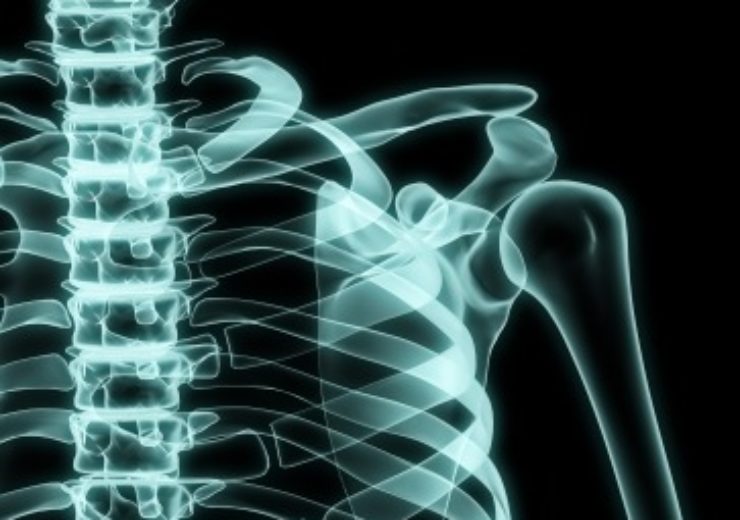Mayo Clinic performs first-ever shoulder procedure utilizing 3-D, holographic views displayed by mixed reality system

Wright Medical Group completes first shoulder arthroplasty surgery BLUEPRINT. (Credit: FreeDigitalPhotos.net/yodiyim.)
Wright Medical Group has announced that the first shoulder arthroplasty procedure was performed using groundbreaking BLUEPRINT Mixed Reality Technology at Mayo Clinic’s campus in Rochester, Minnesota. Joaquin Sanchez-Sotelo, M.D., Ph.D, performed the procedure utilizing BLUEPRINT OR Visualization Mixed Reality software, which provides a 3-D holographic view of the patient’s pre-operative plan.
Robert Palmisano, president and chief executive officer of Wright, said, “This procedure is an important milestone for shoulder arthroplasty and marks a major step in the evolution of BLUEPRINT mixed reality technology in shoulder surgery. For the first time in shoulder arthroplasty, surgeons will be able to interact with their 3-D pre-op plan in real-time to more precisely tailor shoulder joint replacement procedures to the unique needs and anatomy of their patients. By integrating other solutions in the future, such as artificial intelligence, case planning optimization and mixed reality modules for medical education, the BLUEPRINT ecosystem offers an opportunity to significantly reduce variability in the way shoulder arthroplasties are performed, potentially reducing complications and improving overall patient outcomes.”
Palmisano continued, “In addition to Dr. Sanchez-Sotelo, we would like to recognize and thank the entire surgeon team who have been integral to the development of this groundbreaking platform: George Athwal – London, ON, CA; Julien Berhouet – Tours, FR; Philippe Collin – Rennes, FR; Ashish Gupta – Brisbane, AU; Gilles Walch – Lyon, FR; and Jon J.P. Warner – Boston, USA.”
The Mixed Reality Application is the latest addition to Wright’s BLUEPRINT ecosystem and enables a surgeon to maintain a direct view of the surgical site and simultaneously visualize and manipulate a holographic representation of the patient’s native anatomy and pre-operative plan. By using hand gestures and voice commands, the surgeon can interact with a more robust data set to optimize the position of the 3-D holographic models displayed by the Mixed Reality application. This can allow the surgeon to replicate the pre-operative plan as closely as possible given the availability of information while operating.
Dr. Sanchez-Sotelo, stated, “I was able to visualize, rotate, and tilt three-dimensional holographic objects right in front of the surgical field. As mixed reality continues to develop, it will provide a very unique, cost-effective tool for execution of our surgical plan.”
Dr. Sanchez-Sotelo and Mayo Clinic have financial interest in Wright Medical Group N.V. Mayo Clinic will use any revenue it receives to support its not-for-profit mission in patient care, education and research.
Source: Company Press Release
